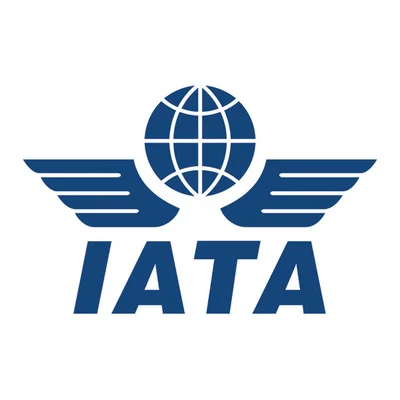While several aviation pioneers might have been contenders for achieving heavier-than-air-powered flight before or around the time of the Wright Brothers, their achievements were not as well-documented. The recognition often goes to those who published their findings, much like Charles Darwin did with his theory of evolution despite numerous predecessors.
Alberto Santos-Dumont is often mentioned as a possible candidate who may have mastered airplane flight before the Wright Brothers. A Brazilian aeronaut known for his work with both lighter-than-air and heavier-than-air crafts, he conducted flights certified by France's Aeroclub without external launch systems in October 1906.
Time Magazine reported on Gustave Whitehead's potential achievement: "On Aug. 14, 1901... Whitehead allegedly made the world’s first sustained, controlled, heavier-than-air flight – more than two years before the Wrights."
Samuel Pierpont Langley received funding from the US Army for his attempts at powered flying machines but faced failures when his Aerodrome crashed during trials in December 1903.
Richard Pearse from New Zealand is another figure cited locally for possibly achieving flight between 1902 and 1904; however, no photographic evidence exists due to his aversion to publicity.
Despite these debates over who truly accomplished first-flight milestones, it remains widely accepted that "the Wright Brothers went down in history as being credited for the first such flight." Their efforts post-1903 focused on securing patent rights which led them into legal battles against other aviators—a practice Time Magazine referred to as early patent trolling.
By World War I's onset in 1914 and America's entry in 1917, US aviation lagged behind European advancements largely due to these prolonged patent disputes initiated by Wilbur and Orville Wright. Consequently, American forces relied heavily on French and British aircraft during wartime operations.
 Alerts Sign-up
Alerts Sign-up





































